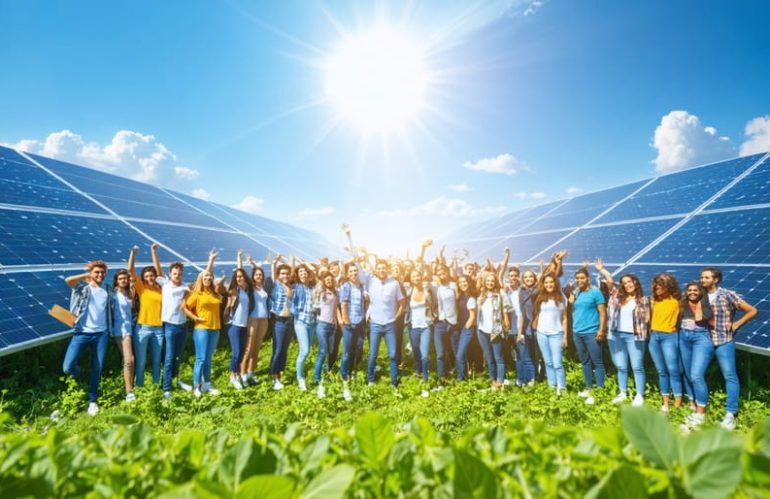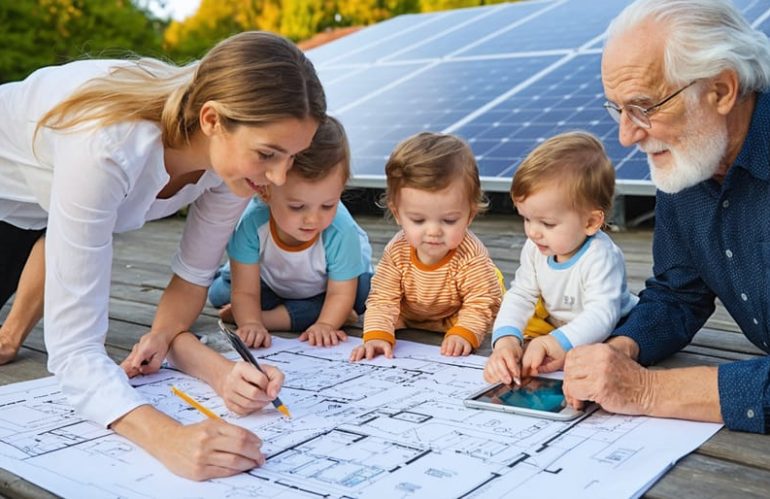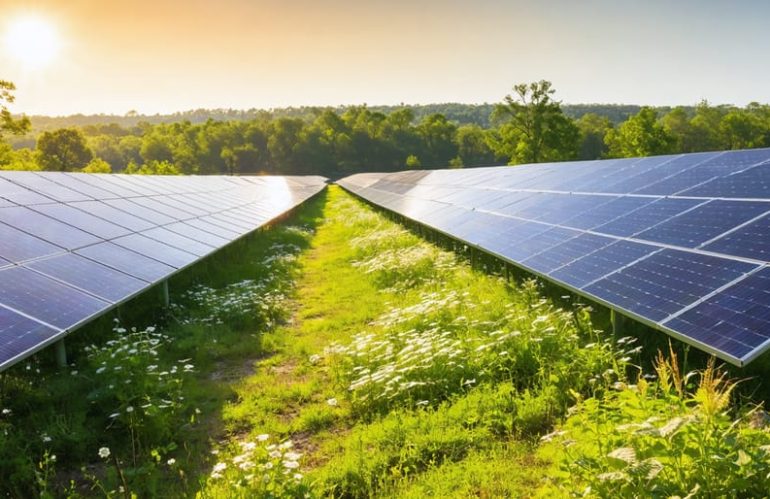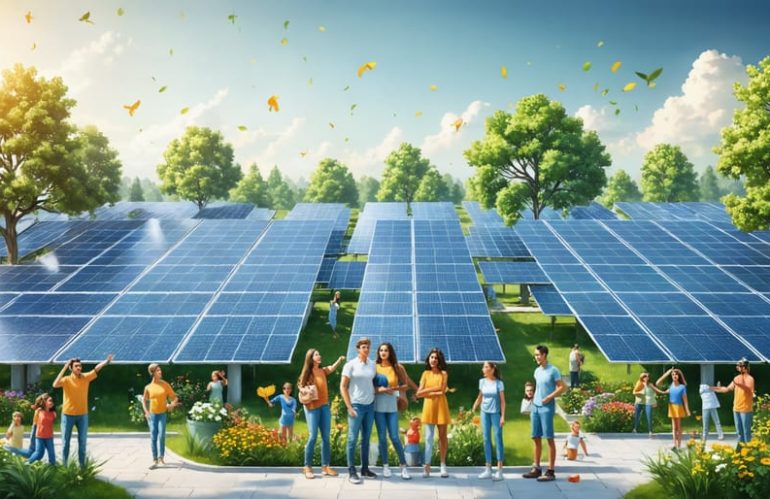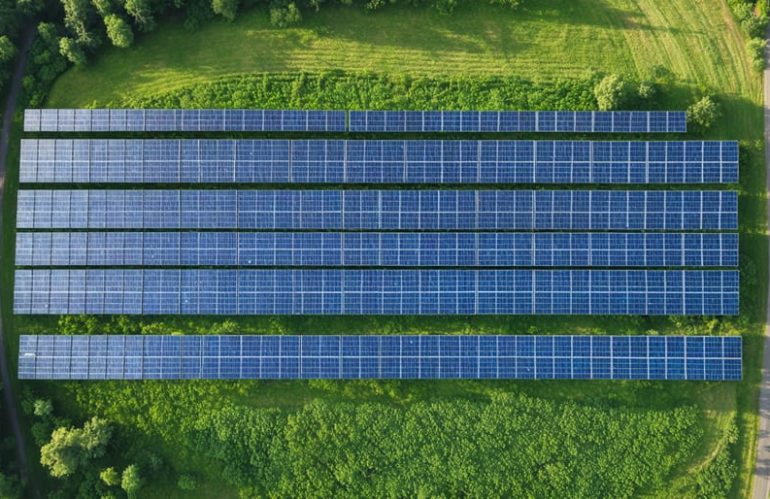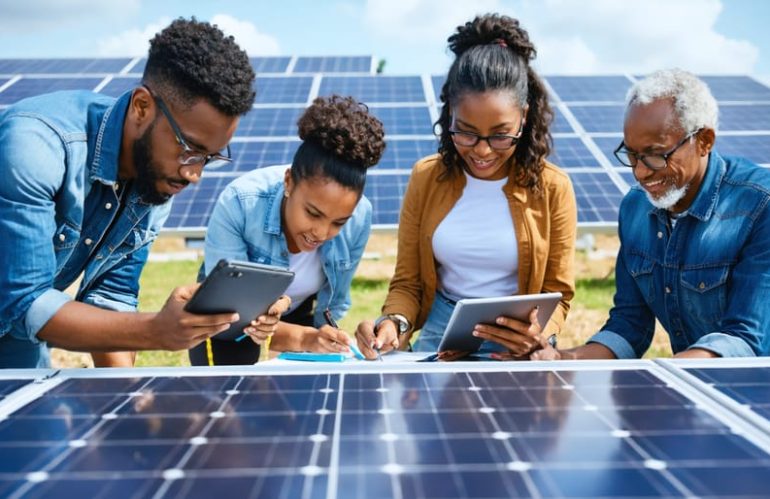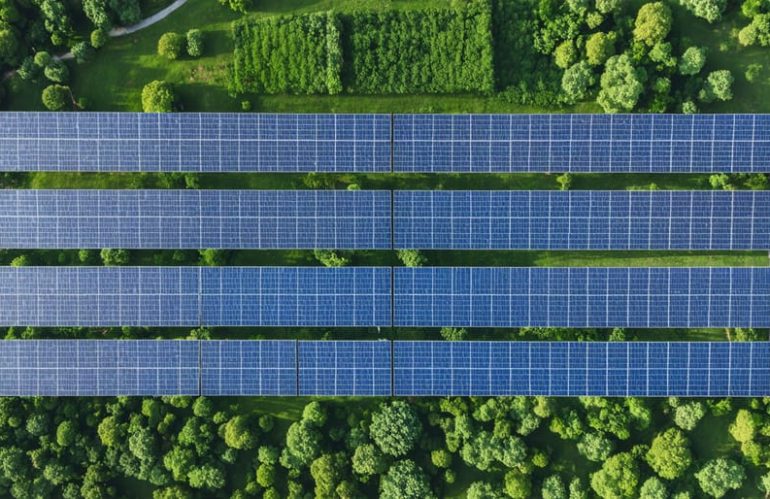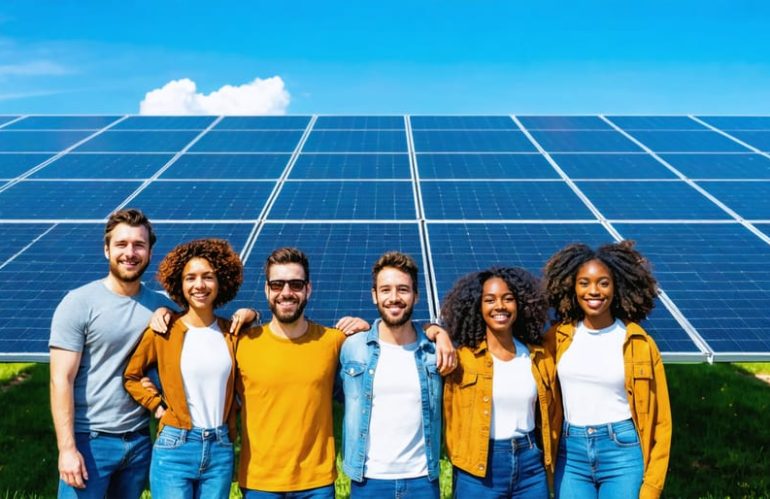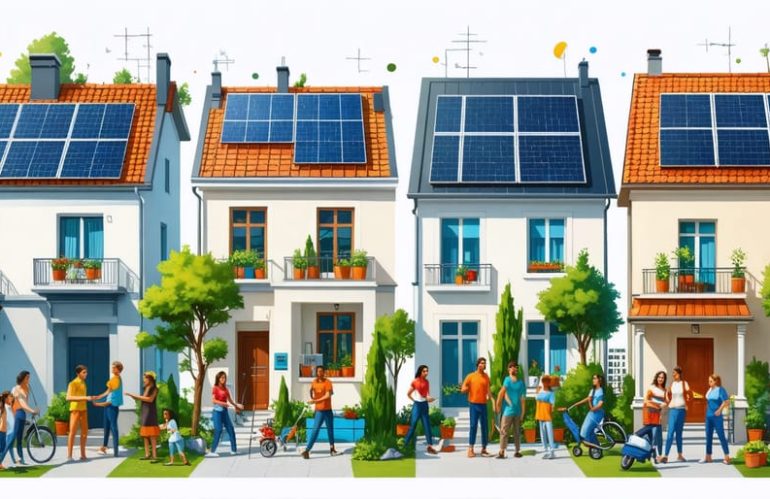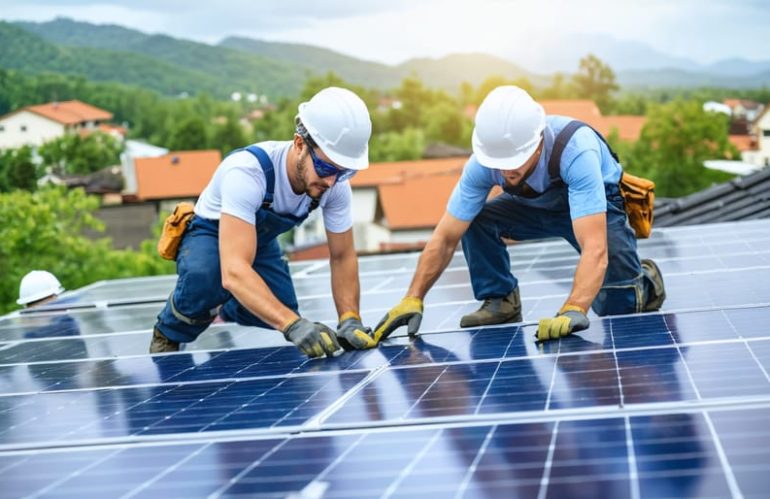Transform your energy future by joining a community solar project – a practical solution that lets you support clean energy and save money without installing panels on your roof. These innovative shared solar farms serve hundreds of local households, offering an average of 10-15% savings on monthly electricity bills while contributing to a greener community.
Local community solar projects make renewable energy accessible to everyone – homeowners, renters, and businesses alike. Simply subscribe to a portion of a nearby solar farm’s output, receive credits on your existing utility bill, and start benefiting from …
Category: Community and Social Impact
Community-based initiatives and social aspects of solar adoption
Solar University: How Families Share Clean Energy Knowledge Across Generations
Transform your community into a hub of renewable energy knowledge through innovative solar education programs that bridge generational gaps and empower sustainable living. Solar University represents a groundbreaking approach to community-based learning, where seniors share lifetime experiences of energy conservation while youth contribute cutting-edge solar technology insights. This dynamic knowledge exchange creates lasting impact, reducing energy costs across neighborhoods while …
Georgia Community Solar: Power Your Home Without Installing Panels
Georgia’s community solar programs are revolutionizing how residents access clean, renewable energy without installing panels on their properties. Through these innovative shared solar facilities, homeowners, renters, and businesses can now tap into solar power’s benefits while potentially reducing their monthly electricity costs by 10-15%.
Community solar represents a game-changing solution for the estimated 75% of Georgia residents who can’t install traditional rooftop solar due to shading, roof constraints, or rental status. These centralized solar arrays, strategically located throughout the state, allow …
Solar Farm Funding Opens Doors to Clean Energy in Low-Income Communities
As communities across America transition to renewable energy, solar farm funding has emerged as a critical pathway to energy independence and economic growth. Federal grants, private investments, and innovative financing models are making large-scale solar projects more accessible than ever before, with potential returns exceeding 10% annually for well-planned installations.
The urgent need for clean energy solutions has sparked unprecedented funding opportunities. The Department of Energy’s Solar Energy Technologies Office currently offers billions in grants, while state-level incentives and tax credits can cover up to 50% of…
Vermont Community Solar Makes Clean Energy Affordable for Every Home
Vermont’s community solar programs offer homeowners a revolutionary way to slash energy bills without installing panels on their property. By subscribing to local solar farms, residents can save up to 15% on electricity costs while supporting renewable energy development across the Green Mountain State. Unlike traditional rooftop installations, community solar requires no upfront investment, property modifications, or maintenance responsibilities – making clean energy accessible to renters, condo owners, and those with shaded properties.
These shared solar projects are transforming Vermont’s energy landscape, with over…
Solar Education Programs That Transform Communities (Real Success Stories)
Solar energy education transforms communities by bridging the crucial gap between renewable technology and public understanding. As cities nationwide embrace community solar initiatives, effective education programs become essential catalysts for sustainable development. Through hands-on demonstrations, interactive workshops, and real-world applications, students and community members gain practical knowledge about solar power’s fundamental role in addressing climate change.
Beyond …
Solar Farm Zoning Laws Made Simple: What Every Community Needs to Know
Zoning regulations for solar farms represent a critical intersection of renewable energy advancement and community development, shaping how we power our neighborhoods sustainably. As communities increasingly embrace community solar initiatives, understanding these zoning requirements has become essential for property owners and local governments alike. Modern solar farm zoning balances multiple priorities: maximizing clean energy production, protecting property values, preserving agricultural land, and …
How Community Solar Programs Make Clean Energy Accessible in Your State
Discover how community solar programs are revolutionizing clean energy access across America, making solar power available to everyone—regardless of home ownership or roof condition. From New York’s pioneering shared solar initiatives to California’s innovative virtual net metering systems, states are rapidly expanding their renewable energy options for residents who previously couldn’t access solar power.
These state-specific programs slash electricity bills by 10-20% …
Solar Energy Grants That Make Going Solar Actually Affordable
Transforming solar energy access for underserved communities starts with understanding the substantial financial assistance available through federal, state, and local grant programs. The Department of Energy’s Solar Energy Technologies Office (SETO) currently offers grants ranging from $50,000 to $5 million to support renewable energy initiatives in low-income neighborhoods. These programs specifically target communities facing energy poverty, with a focus on reducing both …
Union Solar Jobs Are Transforming Local Communities (Here’s How)
Union solar jobs represent a transformative force in America’s energy landscape, combining the promise of sustainable energy with stable, well-paying careers. As the solar industry experiences unprecedented growth—expanding by over 40% annually—union positions are emerging as the gold standard for worker protection and professional development in renewable energy. These roles offer not just competitive wages averaging $30-40 per hour, but comprehensive benefits packages, apprenticeship programs, and clear career advancement pathways. From solar panel installation specialists to electrical system designers, union jobs are …

